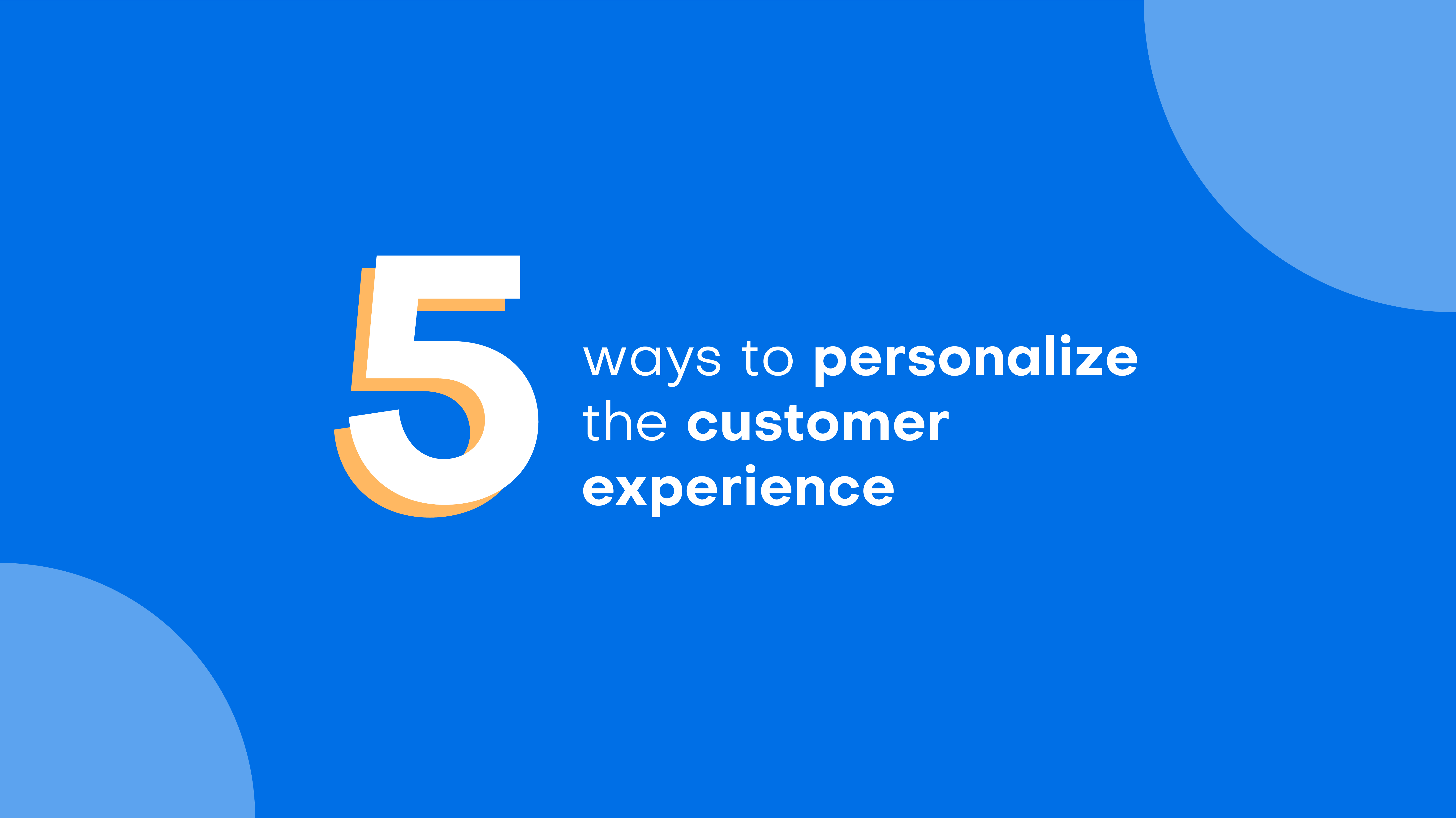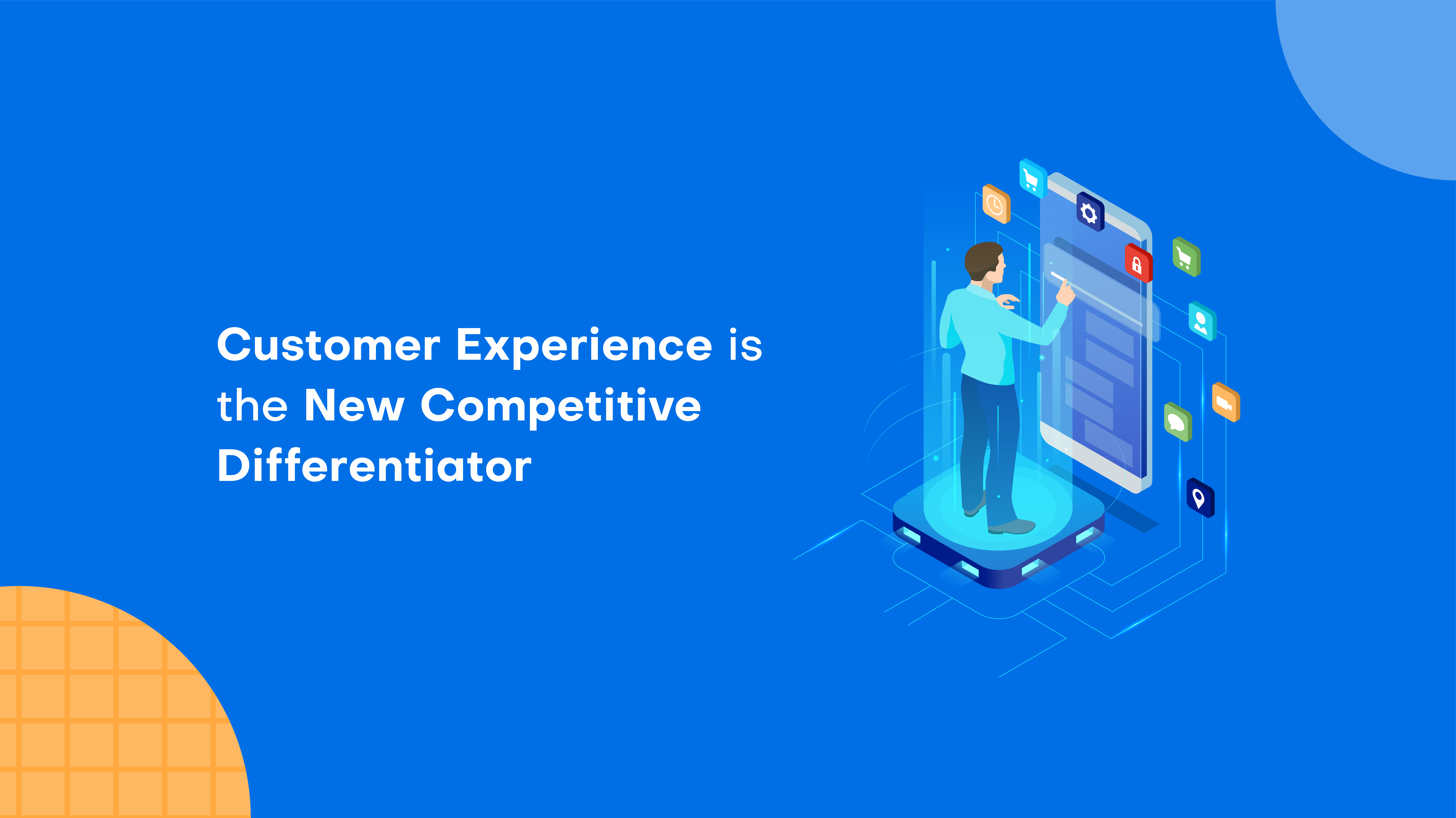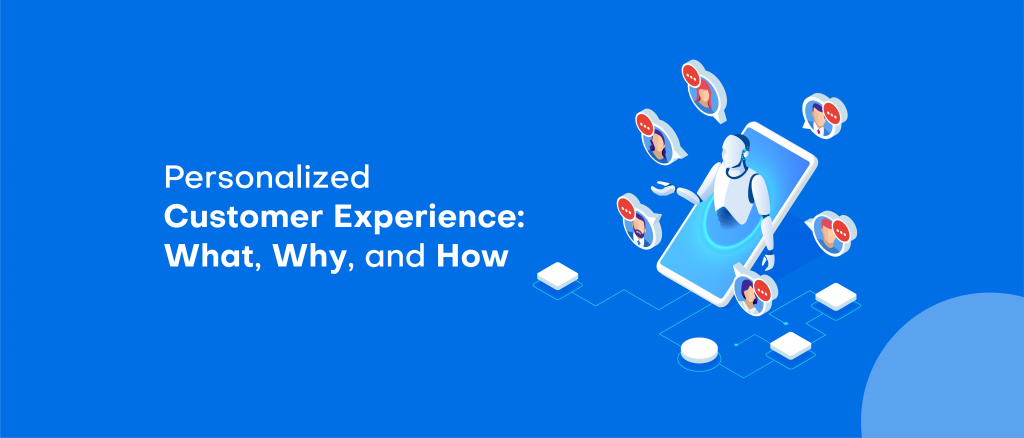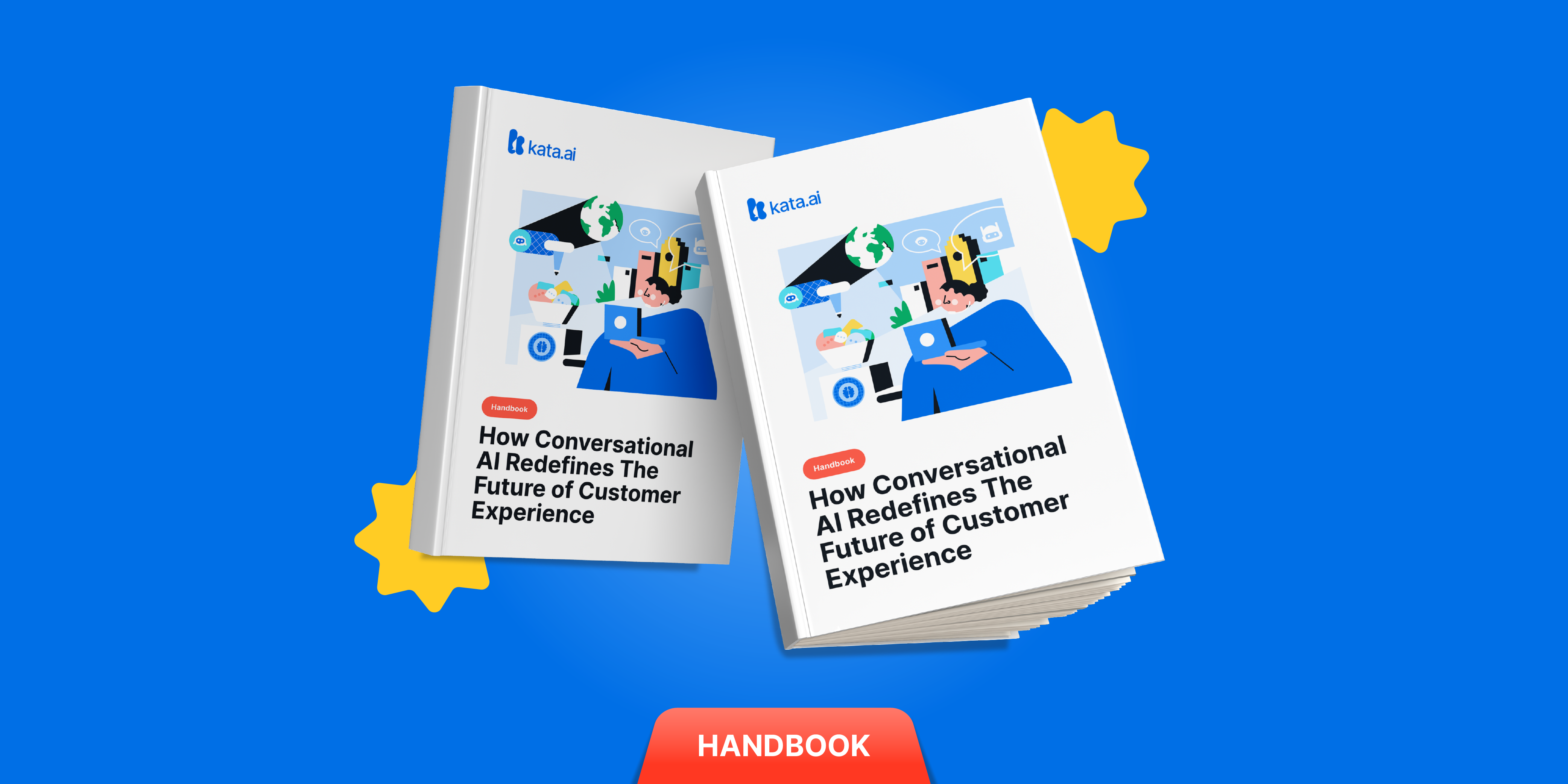Some experts say a brand that fails to connect with customers on a personal level misses out on valuable opportunities. That is why, to win today’s business competition, your brand has to treat your customers with a more personal touch and make them know if they matter for your business. Sure, there are various ways to win customers amidst current competition. But, when it comes to customer experience, the most important thing is how your brand can build better communication with customers, and be one step ahead among your competitors in serving them.
For example, to create good relationships with customers, learning their names and interests is an essential step for businesses at any level because customers expect to be treated as individuals when they interact with your brand.
So, what is customer experience (CX)?
Customer experience is the way your customers perceive their interaction with your brand when pre and post-sale; it includes their perception about how your brand is different from the rest. Personalization in customer experience means designing or producing services or products to meet customer’s requirements. You’re most likely already familiar with marketing personalization. Personalization starts with “Hello, Andi!” at your inbox and goes far beyond that, to personalized offers and services.
According to a study from the US Chamber of Commerce, "67% of customers switch brands – not due to price or features – but due to lack of good customer experience or perceived lack of attention". It means if you could serve your customers in a more personal way and give them product recommendations based on their preferences, interest, or behavior, they will start to recognize your brand and love the way you serve them.
For example, a housewife is looking for a kitchen appliance at your online store. Although you already put the product description on your website. However, she prefers to chat with your customer service team to ask further regarding product availability, color, and warranty. But, when she reached out of your team, she was placed on a lengthy hold. Whether it was ignorance or a faulty system, it’s still an example of a bad customer experience.
Or another case, you have recently released a new product - a beard shaver, but you promote it to the wrong target audience. Believe us, situations like that will affect your sales.

To avoid an issue like the story above, we want to help you to define a comprehensive and cohesive customer experience strategy. Here are some tips for you:
1. First, develop customer profiles
This step will help you understand
who your customers are. Your marketing department should be able to supply demographic data and customer information. From there, discuss with your team, what types of customers you commonly deal with daily. In combination, this process will allow you to flesh out a series of profiles based on your typical customers’ needs, wants, and expectations.
2. Give your customers choices
Customers don’t think in terms of channels. In today’s hyper-connected world, they expect to access customer service in the manner they find most convenient. If your business is not providing an omnichannel service experience, your customers will happily switch to a competitor that does.
3. Develop a self-service experience
Self-service provides information that customers can use to help themselves. In a service environment that’s now defined by speed and convenience, self-service reduces frustration by allowing customers to find the answers they need quickly and easily. Suitable materials for self-service channels include virtual assistants, FAQs bot, and step-by-step solutions for common problems.
4. Seek regular customer feedback
Feedback loops are a great way to listen and learn from your customers. Creating a systematic approach to collecting feedback gives your business a unique opportunity to hear what your customers think you could be doing better. Used effectively, this means you can optimize your customer service to ensure it’s as personalized as possible.
5. Evaluate your service offering regularly
As their needs and habits evolve, the customer profiles you develop will change. Consistently listening to your customer feedback, evaluating your brand performance, and reviewing your customers’ preferences is the only way to ensure you keep offering a personalized service experience.

So, there you have it, some tips to personalizing your customers’ experience. To complete that, you also can adopt a next-gen technology that will enable you to do it all in a more scalable way by utilizing conversational AI technology.
Conversational AI is a new kind of technology that can help your business to create an intelligent virtual assistant. It allows you to serve customers in a smart and personalized way. This technology has become key to multi-channel initiatives because it’s an excellent tool to engage with and listen to your customers.
In addition to that, conversational AI can provide a valuable source of information and insight by gathering more data from the conversation that your business can use to personalize customer experiences. Moreover, a virtual assistant will help you to automate business operations by answering thousands of customer inquiries in just minutes.
Final Verdict
Rome wasn’t built in a day - and you shouldn’t expect your customer experience strategy to be either. As you learn about what it means to communicate with customers on their terms and collect data along the way, you’ll find it’s easier to make informed decisions about your overall customer experience strategy. To learn even more about how Kata.ai conversational AI technology can help your customer experience strategy to the next level, you can visit this page.


















